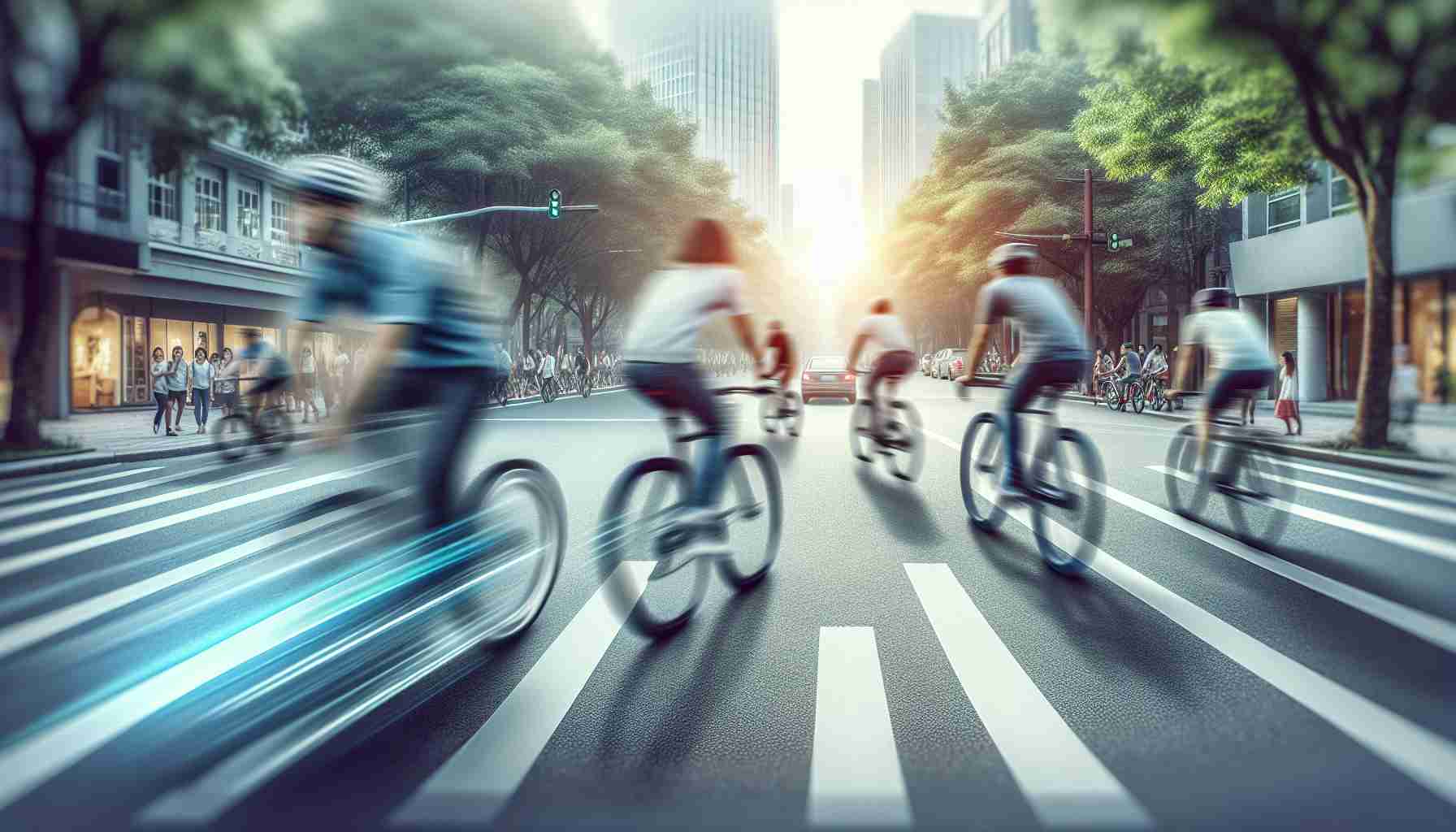- The proposal advocates for reducing city speed limits to 30km/h, enhancing safety near childcare centers and hospitals.
- Legalization of electric scooters is recommended, allowing them to operate at 15km/h for convenient and orderly cohabitation with pedestrians.
- Concerns about “fat bikes” highlight the need for clear regulations to ensure safety and accessibility.
- The report addresses the criticism of bike-sharing schemes, calling for improved accountability and parking solutions.
- The initiative seeks to transform urban transport by encouraging a slower, shared streetscape that benefits all users.
Imagine vibrant city streets where the pace is slow, bikes whir silently past, and sidewalks teem with scooters whizzing alongside pedestrians. A recent parliamentary report is turning that vision into a plan, advocating for drastic changes in urban transport across NSW.
The heart of the proposal beats at a steady 30km/h, suggesting city speed limits drop significantly to enhance safety, particularly around bustling areas like childcare centers and hospitals. These reduced speed zones promise not just safer streets for pedestrians and cyclists, but a transformative approach to urban mobility.
In a bold move, the report also endorses legalizing electric scooters, a popular yet illegal mode of transport. Picture riders gliding along sidewalks at a modest 15km/h, their presence promising convenience without chaos. The recommendation is simple: share the space, give the right of way, and coexist peacefully. This two-wheeled renaissance could revolutionize congested city centers if embraced.
However, not all rides pass smoothly; the growing presence of hefty “fat bikes” raises alarms. With their arrival, the report underscores the urgency for clear regulations, aiming to dispel ambiguity and enforce sensible rules that nurture safety and accessibility for all incomes.
Critics of bike-sharing schemes find an ear within the report’s pages, as elected officials call for more accountable parking solutions, providing sharp criticism alongside viable proposals.
As government officials sift through these recommendations, the road to innovative urban transport remains open, ready for a future where both pavement and roadway users thrive together. Will Sydney embrace a slower, shared streetscape? The answers may carve out a new era of city living.
The Future of Urban Mobility: Will Sydney’s Streets Go Slow and Smart?
How-To Steps & Life Hacks for Implementing Urban Mobility Changes
1. Engage the Community: Initiate community workshops to gather feedback and build trust. Educating residents about the benefits can increase acceptance.
2. Pilot Zones: Start with specific neighborhoods to test the impact of 30km/h zones and legal electric scooter usage. Use data from these areas to make informed decisions on broader implementation.
3. Infrastructure Development: Invest in dedicated lanes for bikes and scooters, ensuring clear signage and markers for safety.
4. Technology Use: Utilize apps to help users find parking for shared bikes/scooters and offer real-time updates on road conditions.
5. Policy Alignment: Work with lawmakers to adjust regulations, ensuring they support urban mobility goals while maintaining safety standards.
Real-World Use Cases
– Barcelona, Spain: Successfully implemented 30km/h speed zones, reducing traffic fatalities and enhancing pedestrian safety.
– Paris, France: Legalized electric scooters with dedicated lanes and parking, reducing congestion and pollution.
Market Forecasts & Industry Trends
According to a report by the International Council on Clean Transportation, low-speed zones and increased adoption of micro-mobility solutions are emerging trends. By 2030, the global market for e-scooters is expected to exceed $41 billion due to urbanization and demand for eco-friendly transport.
Security & Sustainability
– Security: Implement geofencing to manage scooter speeds and ensure they remain within designated areas. Create enforcement systems to prevent theft and vandalism.
– Sustainability: Build upon electric micro-mobility to reduce carbon emissions. Invest in renewable energy sources for charging stations.
Pros & Cons Overview
Pros:
– Enhances safety for all users, especially around sensitive areas like schools and hospitals.
– Reduces traffic congestion and environmental impact.
– Offers flexible and convenient transport options.
Cons:
– Requires significant investment in infrastructure and technology.
– Potential resistance from citizens used to faster traffic flow.
– The challenge of equitable access among different income groups.
Recommendations
– Education and Incentives: Launch campaigns to educate the public and offer incentives for using public and micro-mobility transports.
– Public-Private Partnerships: Collaborate with tech companies to develop smart traffic solutions and sustainable infrastructure.
For more insights into sustainable urban transport, consider exploring Transport for NSW.
Quick Tips
1. Stay Informed: Follow updates on city transport policies to adapt quickly.
2. Try Micro-Mobility: Test riding e-scooters or e-bikes to understand their convenience and environmental benefits.
3. Advocate for Flexibility: Encourage city planners to design policies that can adjust based on real-time data and community feedback.
As Sydney considers these changes, the groundwork for a greener, safer urban environment can set a global example for smart city evolution.
